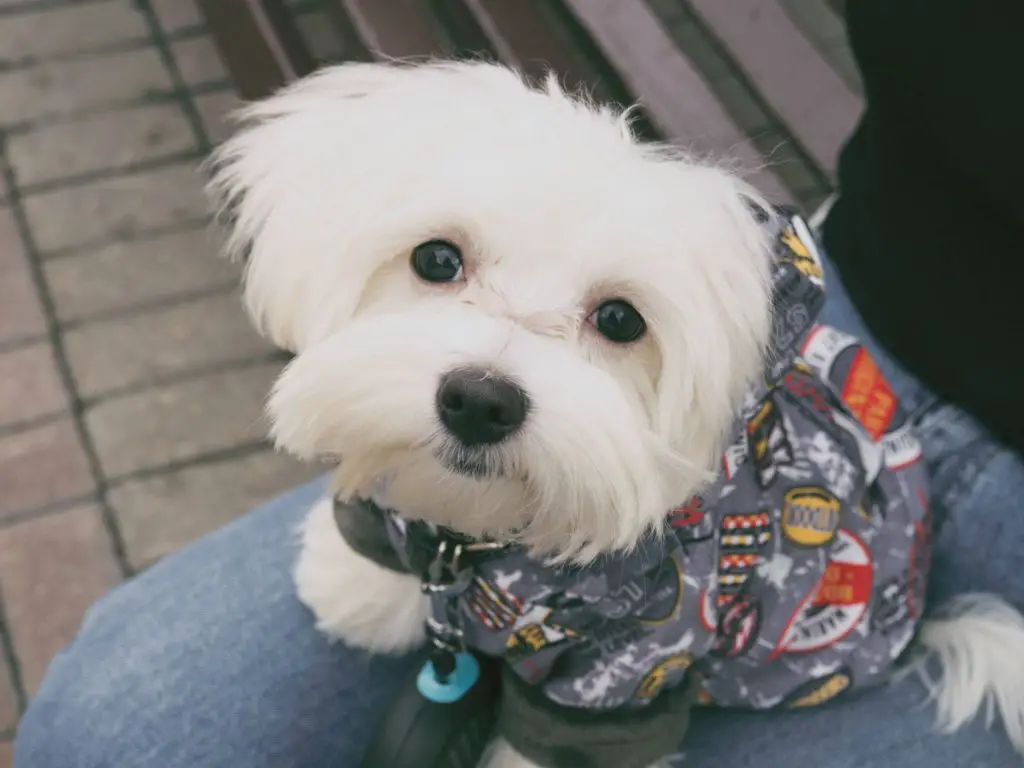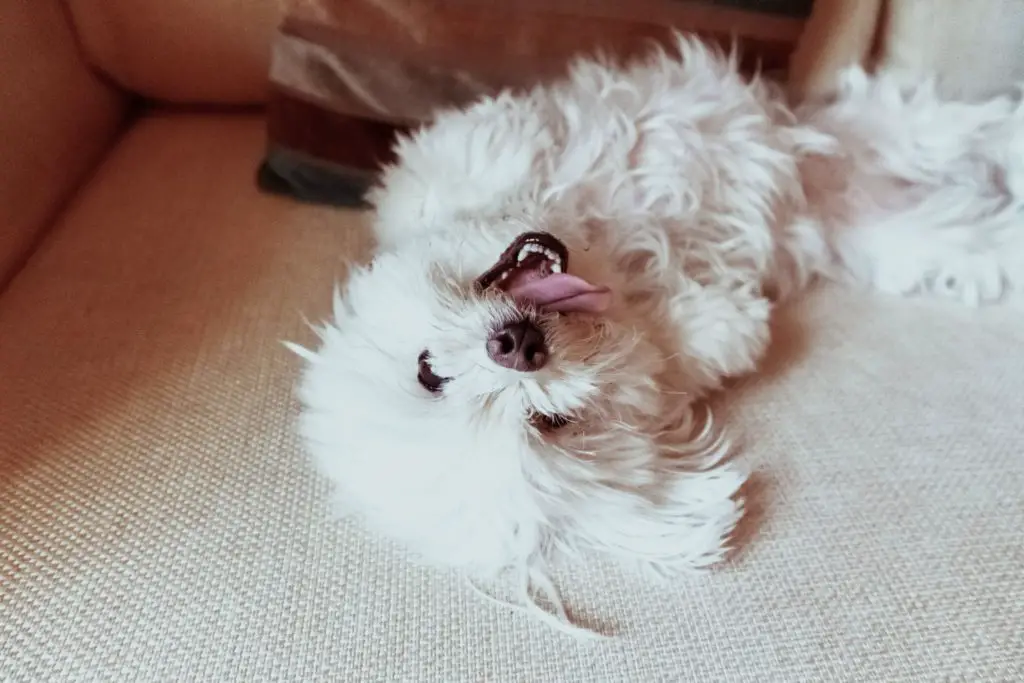
With the way the world changed because of the quarantine, a lot of people started to suffer from depression, anxiety, and loneliness. Because of this, many families and single-living persons considered the idea of adopting a dog.
Dogs are, generally speaking, very good pets for relieving anxiety, and they can rapidly become members of the family and a very important part of our lives. As shown over here, the simple act of owning a pet can greatly aid people with these conditions, and they overall provide great health benefits as well.
But as pet owners, we have a responsibility to them and our family, so we have to make sure that we are following through the process of owning a dog, the right way, even before adopting one. Here’s where choosing the right dog for us becomes a very important part of the process.
It is true that a dog’s personality traits can be decided, to a certain extent, by its breed. The breed can also influence the way they will need to be taken care of since some specific breeds do require particular maintenance.
In this article, we will talk about a specific breed known as Maltese, some of its characteristics, features, and maintenance necessities, and discuss which type of owner is more suitable for it.
The Physical Traits of a Maltese Dog
First of all, believe it or not, it is important to know how a dog looks like before adopting it. Not because their looks should influence your decision, but because their traits can definitely play an important part in how they will develop themselves in your environment.
For example, if you live in a small apartment, you should own a small breed of dog. If you have enough space in your house, medium to big-sized dogs could be viable. It all depends on your circumstances.
It is also important to note that bigger breeds of dogs tend to require more exercise and, of course, more food. Smaller dogs are usually very comfortable to walk and don’t require as much exercise because of their body-frames, and logically, their meals are also much smaller.
There’s also the matter of fur. Some breeds of dogs have more undercoats than others, thus, the amount of fur they spread tend to be much more. This can be a little more inconvenient for some pet owners since they might require regular grooming.
When we talk about Maltese dogs, as shown here https://en.wikipedia.org/wiki/Maltese_dog, we talk about a small breed of dog that usually has a long, silky, and shiny coat.
The Maltese tend to have little to no undercoat, but it requires regular baths to keep a healthy coat. Their appearance is, commonly, referred to as fancy and elegant, but can also look very cute and warming.
Overall, your main concern about owning a Maltese is that you will need to learn how to take care of their fur since they might even require some specific bathing supplies. Learning how to groom is also necessary.
Thankfully, they don’t require as much food, so you won’t be expending as much money on their diet. However, you might end up expending a little on grooming tools, or professional grooming sessions.
They don’t have particular diseases or health problems, just the same ones as most breeds of dogs. Vaccination is often enough. A maltese lifespan is usually between 10 to 12 years as well.
How Does the Maltese Behaves?

Personality is another important aspect to consider before adopting any dog, and in fact, I would dare to say that it is even more important than its physical traits. A dog’s behavior can greatly influence its interactions with other dogs and your family members.
When it comes to Maltese dogs, we can say that they are very affectional dogs that love attention and pets. They usually trust anyone and react positively to strangers as long as they are given affection and enjoy spending time with their owners in very simple ways. As long as they are receiving pets, they’ll be more than fine. That is why they are usually referred to as lap dogs.
That is why you should make sure to dedicate time to them, and if you are someone who’s always outside, you might want to go for a more independent type of dog, because they can get very anxious and stressed if left alone.
Although Malteses are brave in a cute kind of way, they rarely act aggressively towards people and other pets, unlike other small-type breeds. This doesn’t mean that they are not playful, since they love playing with other animals.
Something you have to consider is that, although small breeds of dogs don’t usually require as much exercise, Malteses might need a moderate amount of exercise and outdoor activities. They are gentle and well-mannered, but if they store too much energy they might turn destructive. Ideally, you should try to exercise them on a daily basis.
Training a Maltese
One of the reasons why Malteses are so recommended for beginners entering the world of dog-owning is because they are highly intelligent and well-behaved. This makes their training a very smooth process, as showcased over here.
However, training them for specific daily necessities can be a little complicated. Because of their contexture, they require regular visits to the bathroom, and this might make them accidentally pee without you even noticing. They usually require regular walks because of this.